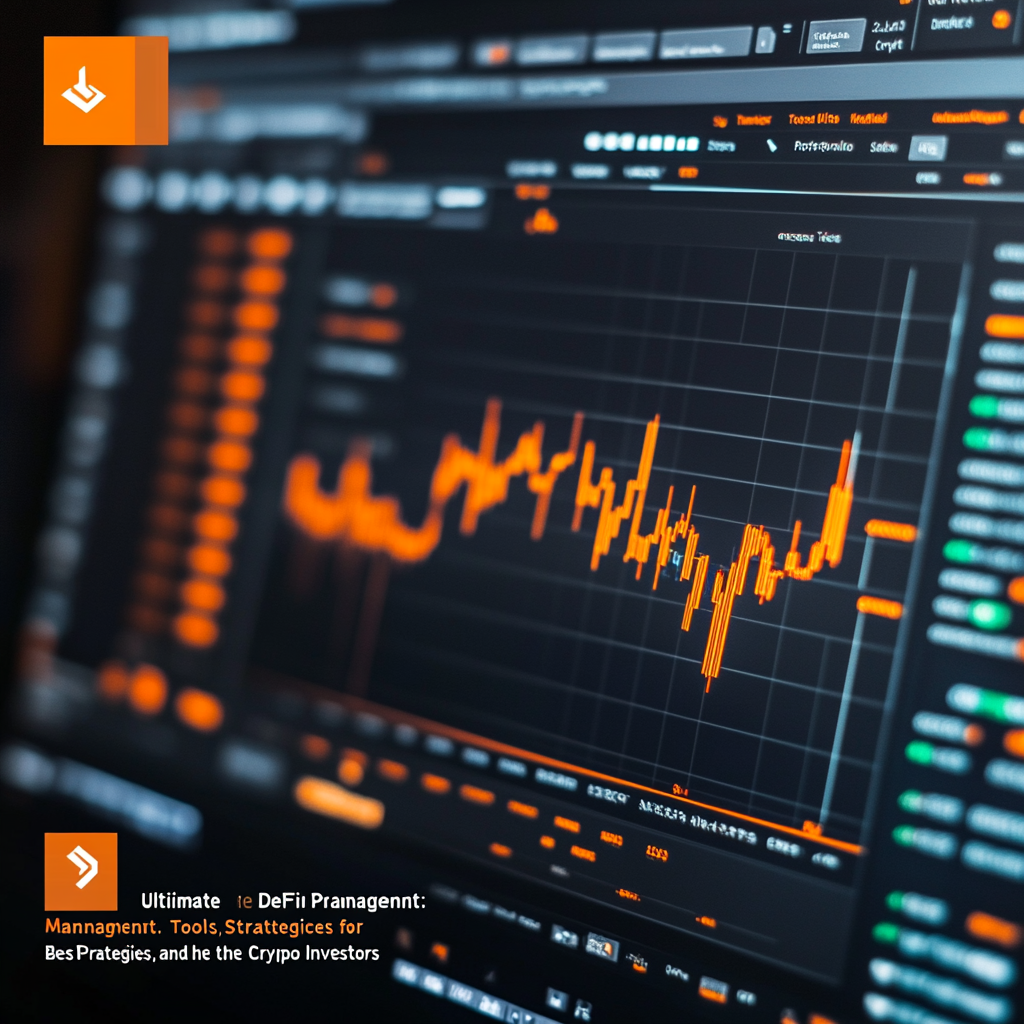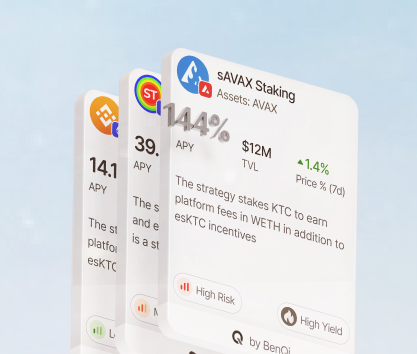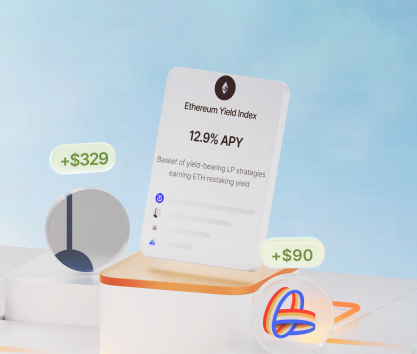You personally know many crypto enthusiasts who just buy cheap alts and memecoins without any plan. While it can be fun throwing dirt at the wall to see what sticks, a serious crypto investor must adhere to a system and have a good grasp on how to build a balanced composition of assets capable of delivering excellent results in the long run. Tools like automated portfolio rebalancing and AI advisors make it easier for newcomers to stay safe while investing.
Cryptocurrencies can be used as hedging instruments in a typical portfolio as shown by the uptick of institutional investors including them in their holdings (over 71% of surveyed managers according to Ripple). Unfortunately, the average retail investor is behind the curve.
DeFi portfolio management is slowly turning into an extremely important area of expertise. Many practices are used by professionals may seem uncomplicated but the vast majority of crypto enthusiasts forget to adjust asset compositions, assess risks, and update their trading routines to ensure that their portfolios perform optimally.
Building crypto investment strategies
Thanks to the rapid expansion and technological evolution of the DeFi sector, individual investors have access to exceptional tools. MorningStar reports that over 60% of all crypto owners are working with financial advisors. According to Business Wire, the number of experts who are willing to allocate capital to cryptocurrencies is also growing with up to 56% of all advisors saying that they are planning to add crypto positions to their holdings and over 22% of active managers already having significant positions in the market.
However, you don’t have to rely on the word of a professional in the world of finance if you don’t like the idea of working with advisors. Many blockchain investment tools are designed to simplify decision-making by automating some processes and providing sufficient information to users. In the decentralized finance ecosystem, you can find a variety of useful tools.
Many of them can be categorized as follows:
- Asset and position management. These tools are offered by many platforms including trading automation providers, decentralized applications, and more. Here, you enjoy the bird-eye view of your holdings and dive into detailed crypto portfolio analytics.
- Wallets and financial management tools. Platforms like Rivo allow users to bring order to their holdings across the DeFi sector while offering a wide range of investment options, expertly crafted strategies, and informative consultations.
- Liquidity and CDP managers. These protocols are designed to improve blockchain asset allocation for investors who are interested in keeping their coins in AMMs or other decentralized financial services while tracking the performance of the whole portfolio.
- Databases and analytical platforms. All experienced DeFi users are familiar with websites like DeFiLlama or De.Fi. These are hugely important sources of information. You can also check out DeFi Pulse which is another data aggregator.
Using these instruments is a good idea if you want to stay in control of your finances and not mist something crucial. While you do not need expert-level knowledge of the crypto industry and investments in general, it is hugely important to dedicate a meaningful portion of your daily life to learning and monitoring the market.
DeFi investment: best practices for newcomers
Before exploring instrumental components of contemporary DeFi investment strategies, we want to give several tips to beginners without any prior exposure to cryptocurrencies or financial markets.
If you are at the starting line of your investment journey, do the following:
- Learn as much as possible about the most popular DeFi investment platforms. With over 5,000 tracked protocols, it can be a herculean task to check out all of them. Instead, focus on already established projects regularly discussed by the community.
- Do not hunt the biggest number. Many newcomers get overly excited about sky-high APYs promised by various projects. In the vast majority of cases, you won’t extract any value from such investments and may miss out on excellent opportunities to make smaller yet more reliable profits.
- Use a variety of tools. The aforementioned decentralized finance tools that assist in portfolio management should be among your most visited websites. Always check the information about metrics like TVL and utilization from different sources. Make sure to use a wallet or a portfolio tracker that you feel comfortable with.
- Risk only what you can afford to lose. On top of paying close attention to various measures to ensure crypto portfolio security, one must remember about the general risk of investing in the crypto ecosystem. The DeFi sector is hugely volatile. For instance, the combined TVL (total value locked) increased by 120% during the last year after falling by more than 79% from its ATH achieved at the end of 2021. The same is happening to many crypto prices.
Newcomers must pay extra attention to risk management in crypto and avoid working with unfamiliar or novel DeFi apps until they gain sufficient experience and confidence. With over 60% of crypto owners not understanding the fundamental aspects of cryptocurrencies and blockchain technology, the best piece of advice we can give to newcomers is to get some experience asap.
Now, let’s talk about some of the instruments that you may find useful while trying to build an efficient DeFi strategy.
You can find a variety of centralized and decentralized platforms offering various asset management tools. Finding the right instruments in the sea of options can be difficult even for seasoned veterans who have seen it all. We will give you several interesting options that will either improve your holdings or help you manage assets easier.
Rivo is a great choice for crypto portfolio diversification
This platform offers a user-friendly wallet that has all the necessary functionality to easily interact with a variety of decentralized protocols. However, the best thing about Rivo is the variety of investment options accessible in just a couple of clicks. You can track all positions in the wallet, swap tokens, and earn additional crypto using a plethora of options. For instance, it is possible to invest in the Base Yield Index for 22.7% APY instead of picking individual projects.
If you want to keep your hand on the pulse of the sector, using this app is a great idea. It is a solid source of data and a leaderboard where you can always find the most searched, discussed, well-performing, and promising protocol. While it is not as detailed as DeFiLlama, the information here is presented in a compressed form to quickly give you only the most crucial bits of data for informed decision-making.
Insights for crypto portfolio optimization at Dune
Dune Analytics is a data aggregator that has a variety of interesting ways to provide on-chain analysis for EVM-compatible projects. You can find a variety of custom graphs, tables, and raw numbers. Unfortunately, you won’t find much information about other blockchain networks but Ethereum is the biggest DeFi network so many investors don’t need anything more from their analytical tools. Combine it with efficient decentralized asset tracking and you will have a great source of insights.
The main takeaway
The tools mentioned above are only examples of various applications, websites, and protocols that you can use to efficiently manage digital assets and DeFi positions. Do your own research, experiment, and do not be afraid to go out of your comfort zone.








